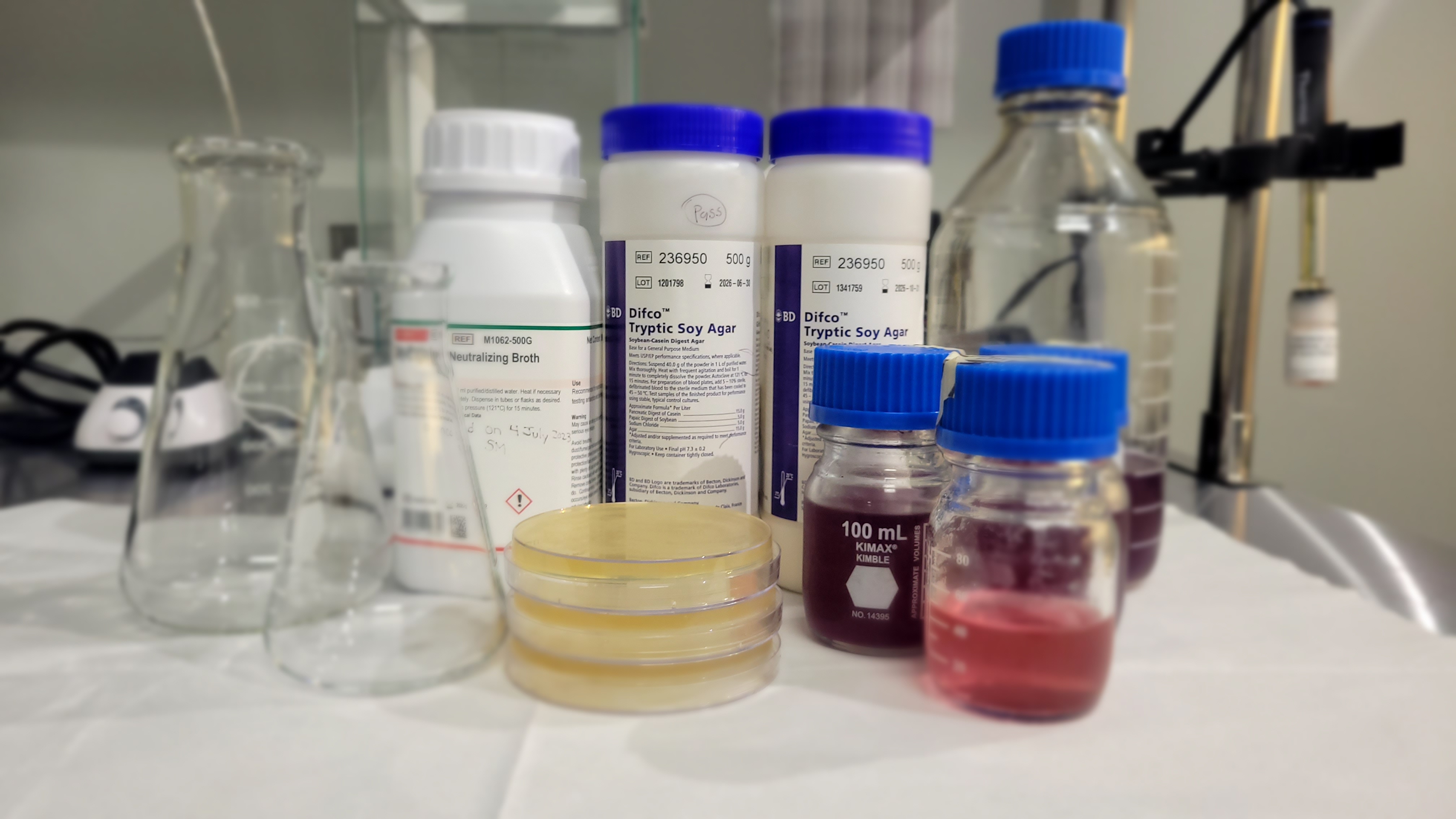
In
the microbiology world, culture media serves as the base of all research and
discovery. These bacteria-loving recipes create the perfect environment for surviving
microorganisms to grow by providing the necessary nutrients in their
composition. The ingredients vary depending on the microorganism being studied but
creating culture media is straightforward. However, the quality control
measures associated with it are often neglected, although it is fundamental to
accurate and reproducible results as per ISO 17025 accreditation requirements.
Why
is quality control so important when it comes to culture media? In every
sterilization validation, there are two main components which include the
bacteria and the culture media. Improper media preparation can cause
unsatisfactory conditions for the growth of surviving microorganisms and can
lead to unreliable results.
High-quality
media is required to have confidence in the accuracy and validity of a
sterilization validation study and its results. There are quality control tests
that must be routinely performed on all prepared media to ensure that each
batch of media satisfies the requirements for a supply of high-quality in-house
prepared media.
After
the culture media is prepared it is essential that it is sterilized to
eliminate any existing and unwanted microorganisms. This can be achieved
through autoclaving at a validated cycle using heat and pressure to kill any microbial
life. Along with sterilization, there are key quality control steps that can be
taken by conducting the following:
Growth Promotion test which tests the medium’s ability
to support the growth of the bacteria needed for the validation of the
specified sterilization modality. This is done by inoculating a population of
less than 100 viable organisms onto the media and monitoring for growth. The
productivity ratio for a non-selective medium is at least 70% for positive
strains when compared to the reference medium indicating a successful growth
promotion test.
pH test is another crucial test that can be conducted,
as different microorganisms thrive under different conditions. Each type of
media has a different acceptable pH range that it must fall within in order to
support the growth of the specific microorganism.
Visual Inspection confirms the quality of the medium as
it should be clear and free from deformation, turbidity, or discoloration. Any
of these irregularities can indicate contamination or poor-quality media.
Another
way to ensure media is prepared to the highest quality is that when handling
with microorganisms and culture media it is of the utmost importance to
practice aseptic techniques – conditions and procedures used to minimize the
risk of the introduction of microbial contamination. Not only is this important
for controlling contamination but also for biosafety.
As
the foundation of microbiological testing, maintenance, and storage under
validated conditions is critical to keep its quality preserved. For agar plate
storage, it is good practice to place them in a sealed package to reduce
moisture loss. It should never be frozen as this can cause damage to the gel
structure. All prepared culture media should be labeled with the media name,
batch number, preparation, and expiration date as well as the name, or
initials, of the person who prepared it prior to being placed in validated
storage conditions.
As
long as these steps are taken into consideration during media preparation and
storage, a consistent supply of media optimum for recovery of microorganisms
during sterilization cycle validation can be attained.
My SteriLabs Experience as an Interdisciplinary Biochemistry and Microbiology Intern. Blog post by Natasha Tal.
September 22, 2025
Microbiologist / Study Lead (Sterilization, Sterility Testing & QMS) — 24-Month Term
September 18, 2025
Media fill testing: Ensuring Aseptic Processing for Client Projects and Licence Applications. Blog Post by Natasha Tal
August 22, 2025